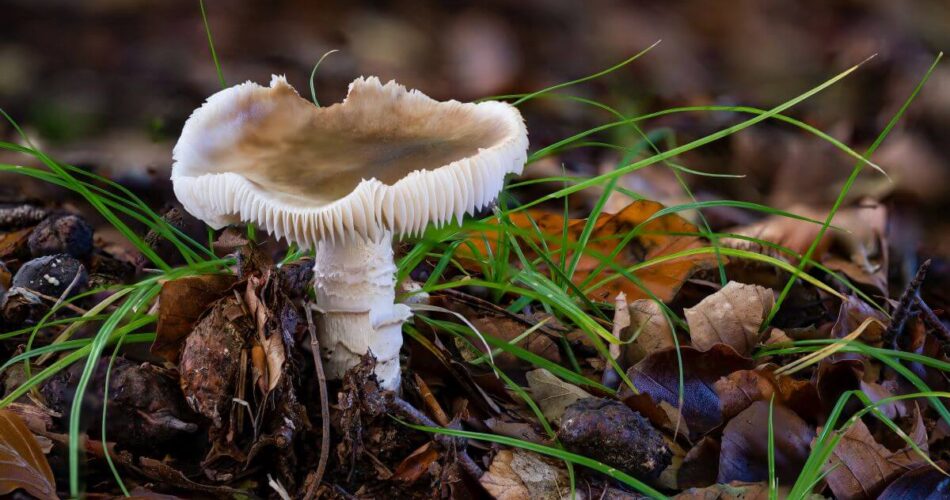Are you someone who likes to know everything about your food, plants, and mushrooms? Well, if you are, you must be wondering about Psilocybe weraroa. You’d probably like to know what it is, where it’s found and how it affects the body. Read on!
Taxonomy & Overview of Fungus Species
Psilocybe weraroa is a species of the genus Psilocybe, which belongs to the family Hymenogastraceae. This genus is best known for its species with psychedelic properties, commonly referred to as “magic mushrooms.” Their scientific name comes from Greek terms: psilos meaning “bald” and cybium meaning “head,” referring to their smooth caps. There are at least 180 species of psilocybin-containing fungi, most of them found in tropical or subtropical climates.
Psilocybe Weraroa: Tips for Growing
Growing Psilocybe weraroa is fairly simple and straightforward, but it’s important to have the right materials, knowledge of the process and some patience. One thing to note: mushroom spores should never be consumed on their own. Even though spore prints can be legally obtained for identification purposes, the spores themselves are not edible.
If you want to grow magic rooms from spores, you can find them online at most reputable suppliers; some sources offer kits that contain everything you need to get started.
The Perfect Substrate for Your Shroom
You will need to find a suitable substrate for your growing medium. A substrate is usually soil, but you can use any type of organic matter that will hold moisture well and provide nutrients for your mushrooms to grow properly. The most common types of substrates used to grow Psilocybe weraroa include: moistened rice grain, coconut coir, peat moss, composted forest bark, vermiculite, perlite and sawdust.
Effects of the Weraroa Magic Mushroom
This shroom causes an intense spectrum of psychedelic effects that last between 4 and 6 hours. The intensity of the effects depends on the amount consumed, but users report feelings of euphoria and stimulation alongside visual hallucinations, with some individuals describing their experience as spiritual or mystical. They provoke visual hallucinations and changes in the perception of both time and space.
What Does It Look Like?
Psilocybe weraroa has a brownish-red cap that’s convex when young, but flattens as it ages. The underside of the mushroom is white with pinkish gills that are tightly spaced together. This species has no ring around its stem (which most other hallucinogenic mushrooms have). They are also small compared to similar species; they grow to be about 7–10 cm (2.7–3.9 inches) tall and the cap only expands to about 4.5 cm (1.8 inches).
Habitat
Psilocybe weraroa are found in rabbit dung, horse manure, and decaying woody debris, but they are not as common as other psilocybin mushrooms such as Psilocybe cubensis. They have been collected in association with pine plantations, along railway tracks, in coastal pastures, in pastureland with burrows and on rotting wood or fallen branches of hoop pines. If you go to New Zealand, keep your eyes open!
Similar Posts:
- Psilocybe Fanaticus – What Is That? How to Grow Psilocybe Fanaticus at Home? Read Our Guide!
- Psilocybe Samuiensis: Growing Magic Mushrooms at Home. Habitat, Effects, Potency
- Magic Mushrooms Spores – What Are Those? How Are They Used? Let’s Find Out
- Psilocybe Silvatica. How Do You Grow and Consume Them? Shrooms Cultivation
- Orissa India Mushrooms. We Created a Guide to This Cubensis Strain & Tips on How to Grow Magic Mushrooms
- Psilocybin Mushroom: Where to Find Magic Mushrooms? Where Do Magic Mushrooms Grow?
- Pluteus Salicinus Mushroom: About the Willow Shield Shroom (Knackers Crumpet)





